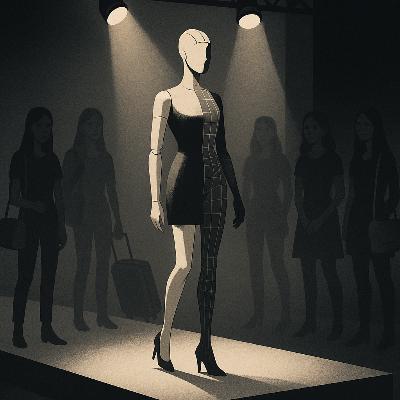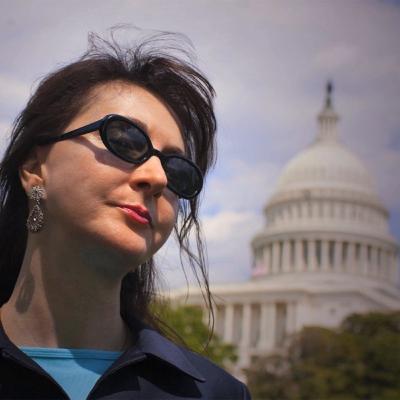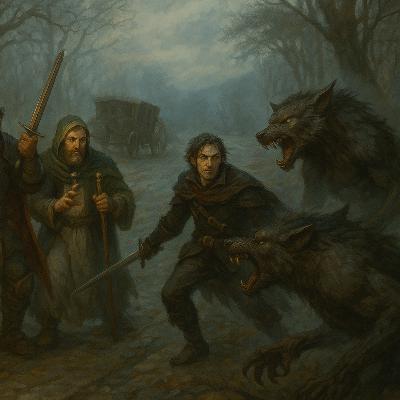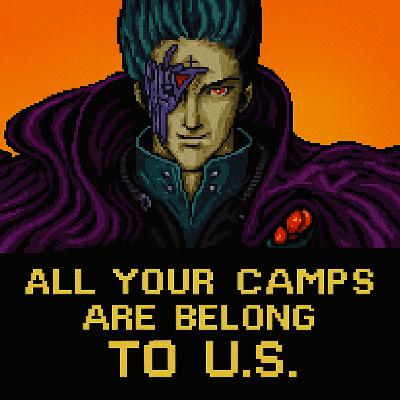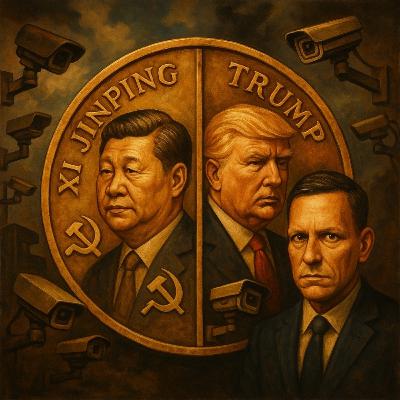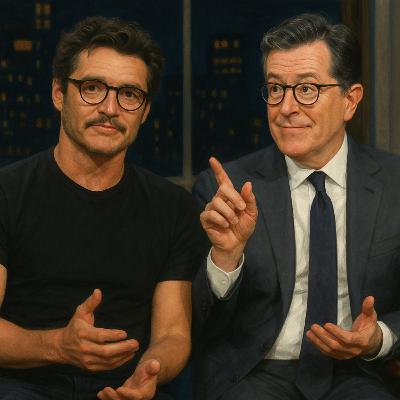Supermodels vs. AI Dolls: Brave Girls, Real Risk
Description
I listened to Cameron Russell on NPR’s TED Radio Hour talking about her memoir — how she was scouted as a teenager, how she tolerated “grotesque” things: the S&M vibe, the creepy photographers, the being called “jailbait” at 16. She calls it what it is — an industry built to sell the male gaze, profit off young women’s bodies, and spit them out later.
My first reaction? Rage. The same feeling I’ve had since I dated a woman with Elite Petite in NYC. She was tough, beautiful, wild — we’d be out with a motorcycle club, or she’d head to 12-step conferences alone, so brave it terrified me. I felt brother, boyfriend, father all rolled into one. Because when things go bad for me, maybe I get a black eye. When things go bad for a woman, she might end up dead in the dirt.
So my gut says: Shut it down. Replace every real girl with a perfect AI avatar. They never starve, never get trafficked, never sue. Insurance companies would love it. The brands too. Problem solved.
But it’s not.
It’s easy to focus on the big runway names — Cindy, Naomi, Cameron. But modeling is a whole messy ecosystem. It’s showroom girls in Atlanta, local department store ads, cruise ship performers, Instagram micro-influencers, ring girls, OnlyFans, beauty pageants. There are actor-models, model-actors, TikTok stars selling bikinis from their bedrooms. You can’t “fix” that by swapping out the top layer with digital dolls. The hunger for beauty and attention just leaks sideways.
Plus, we keep forgetting the real tension: agency. These girls are brave as hell. They choose it — and they often know the cost. The world claps for 14-year-old gymnasts starving to make weight, chess prodigies living alone at 15. But a teen model? Suddenly we treat her like a helpless baby lamb.
Look at Sydney Sweeney. She’s one of the most objectified actresses alive — big boobs, big gaze, big deal. But she wasn’t groomed and clueless. She made a PowerPoint for her parents when she was a teen, explaining exactly how she’d become famous. Plan A, B, C. That’s a grown-ass woman in the making. Brave enough to out-hustle the wolves.
That’s what I come back to every time: She’s not my daughter, and even if she was, she’s not my property. If a young woman’s smart enough, savvy enough, and wants it badly enough, who am I to bubble-wrap her? The real fix isn’t deleting the humans — it’s guardrails, real consequences for predators, and respect for the ones who walk in eyes wide open.
AI won’t save girls from bad choices. It’ll just kill their shot at agency and earnings. Meanwhile, the same men cash the same checks.
I believe Cameron’s story. The industry is cruel. But the solution isn’t to erase risk — it’s to trust the brave and fix the system. Because when you swap real humans for perfect avatars, you don’t just protect the vulnerable. You erase the ones who’d risk it anyway — and sometimes win.
At the end of the day, that’s the messy, grown-ass truth. And I’d rather stand next to a brave woman with scars than a flawless doll that can’t say no — or yes.

